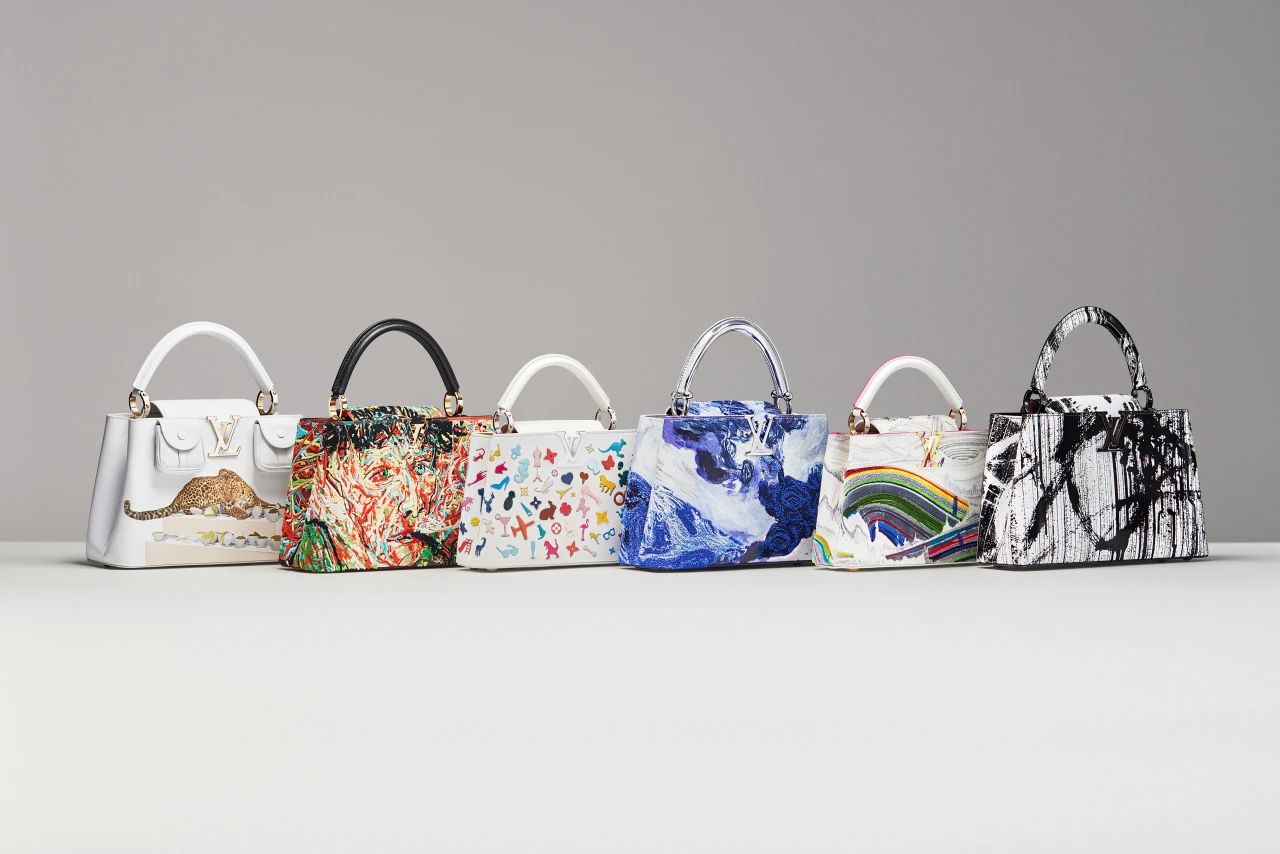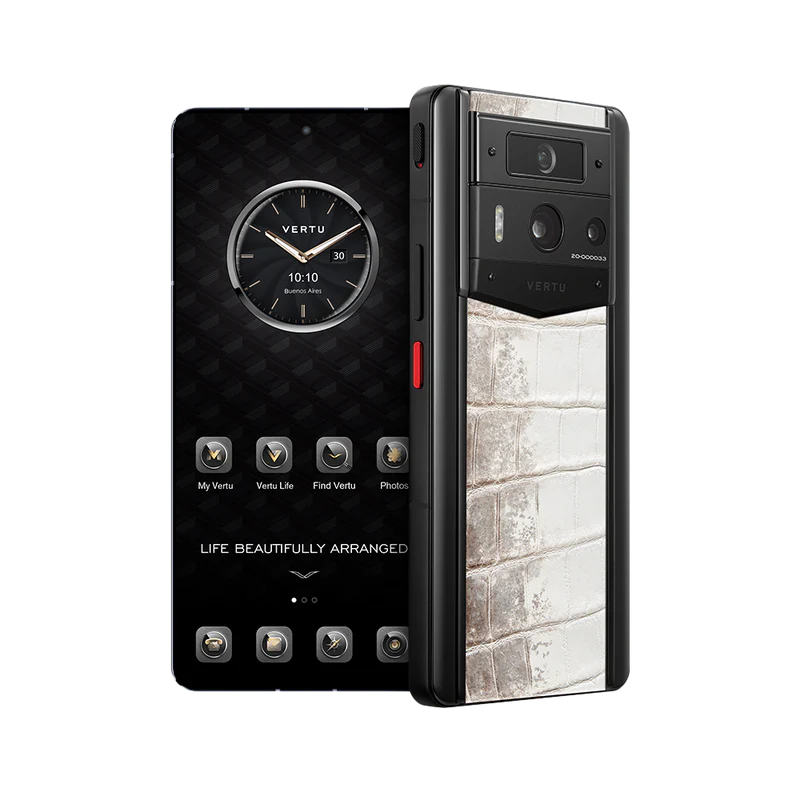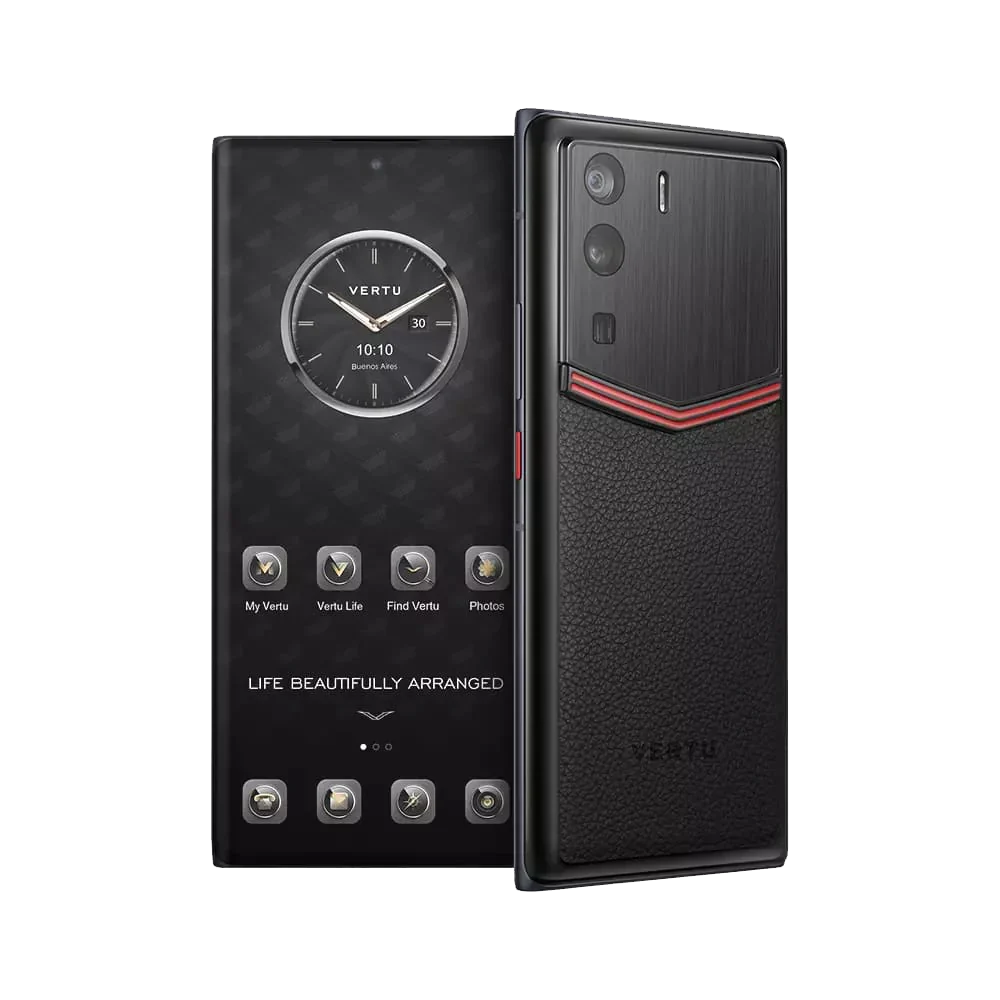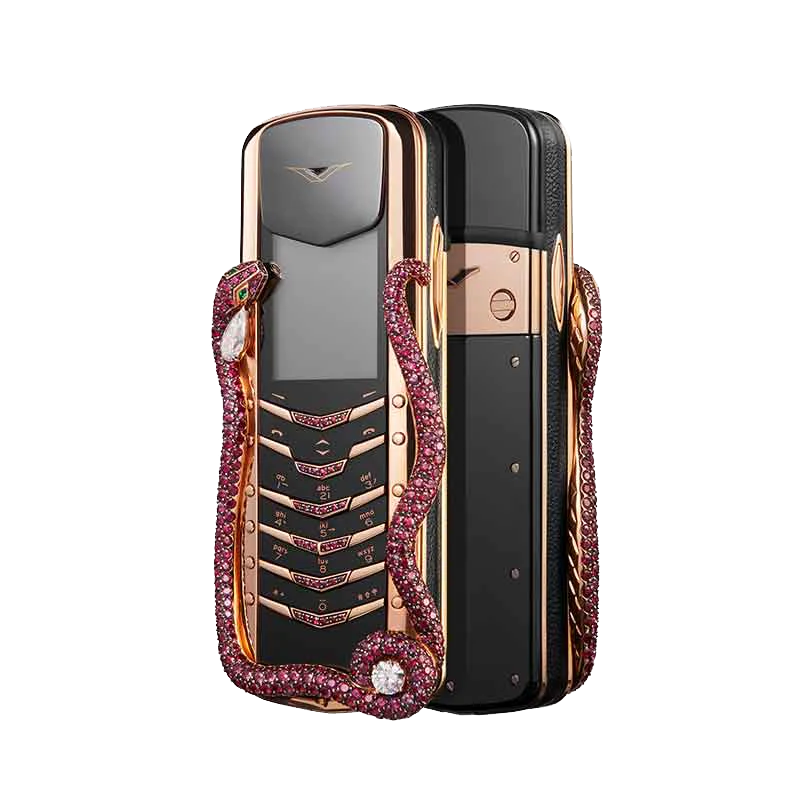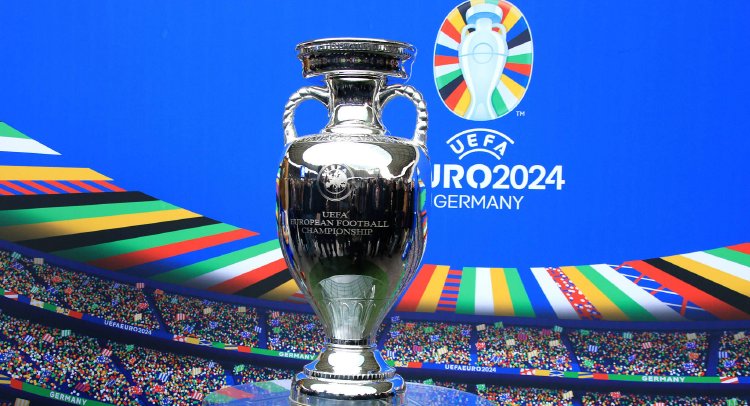Not long ago, French luxury brand Louis Vuitton invited Cate Blanchett, Lea Seydoux, Naomi Osaka, Justin Timberlake, Hoyeon and Zhou Dongyu and other international first-line stars to help brands and Japanese artist Yayoi Kusama for the second cooperation series. The advertising blockbuster was even more widely spread around the world.

* Lea Seydoux in the second collaboration series of Louis Vuitton and Yayoi Kusama. Photo by Louis Vuitton *
As one of the most influential artists of this century, Kusama is also one of the most expensive female artists in the world. At last year’s New York spring auction, her work “Untitled (Net)” finally sold for nearly $10.5 million, setting a new personal auction record.
**There are many precedents for luxury brands to work with artists, and the purpose is clear: to give products a higher premium. * * For example, in 2022, the price of ordinary Lady Dior is only between 2900 and 5400 euros, while the price of Dior Lady Art #7 artist limited cooperation series has reached 5900 to 19000 euros, which is consumed by the market as a collectible handbag.
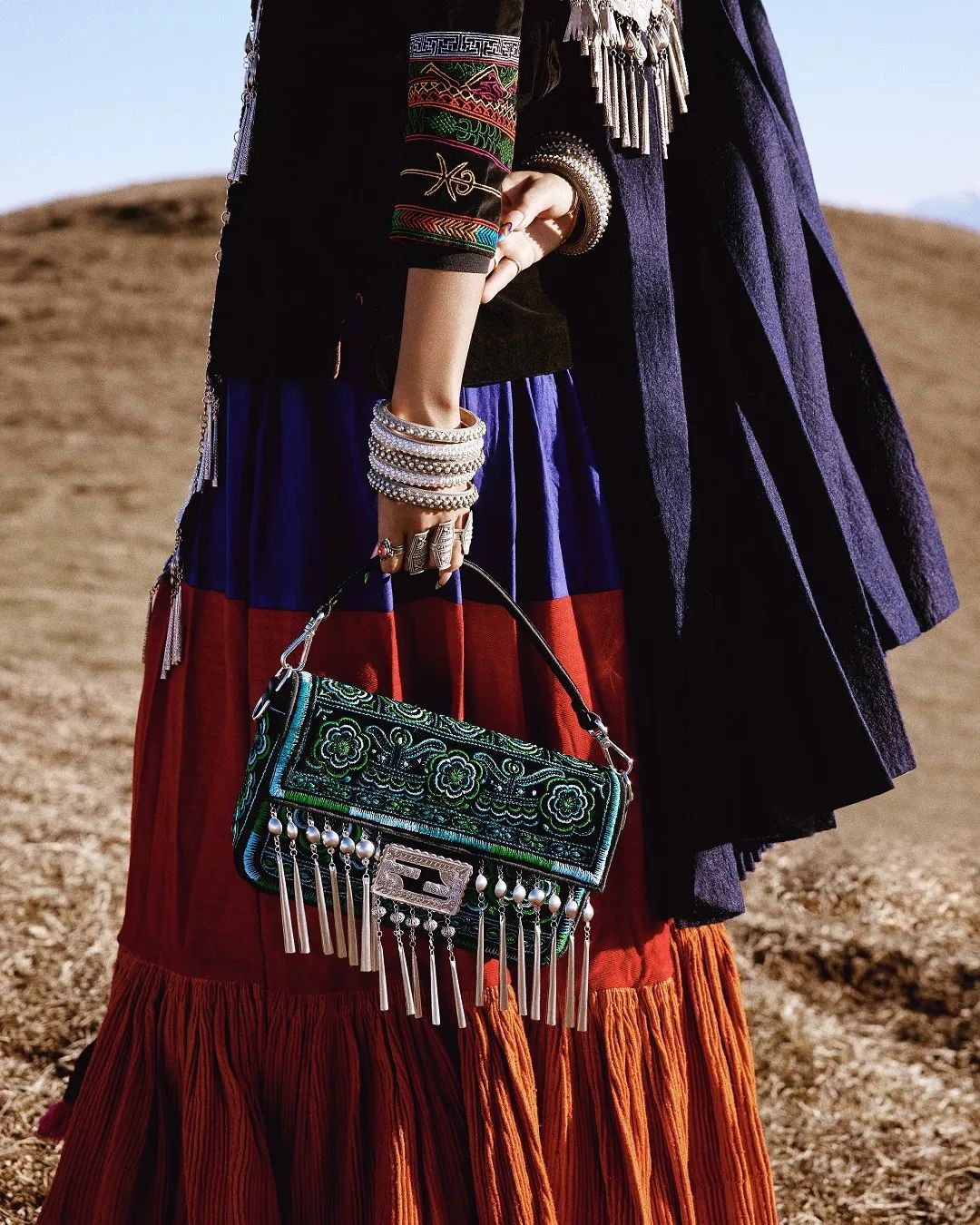
* Image source: Dior *
The boundaries of art and luxury goods have overlapped, and the intersection of the two has become very frequent in recent years. As a result, new questions are thrown into people’s eyes: how does art become the premium weapon of luxury? What exactly is luxury demanding from art?
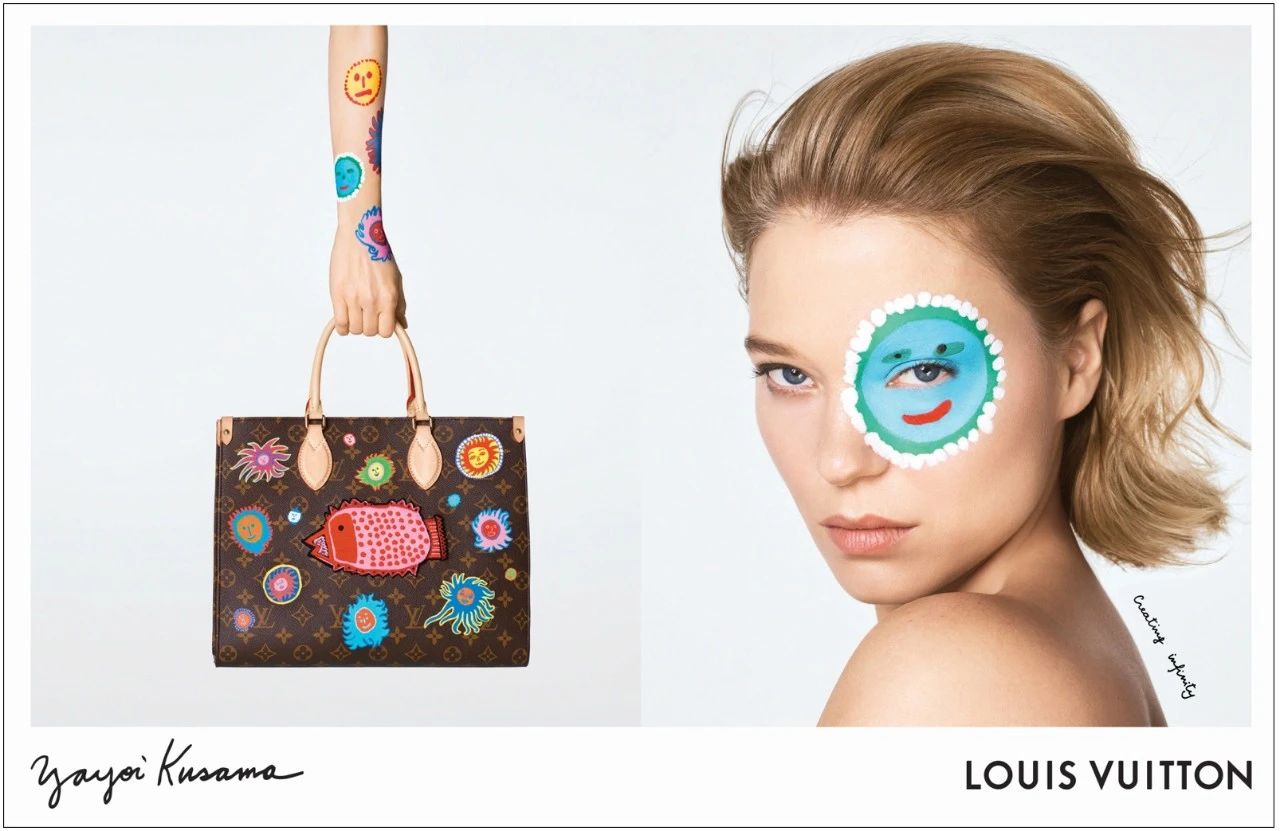
From the perspective of consumption, the audience of art and luxury goods has a coincidence part, especially the luxury goods with collection value. Take Hermes as an example, some of its platinum bags and Kelly bags have already gained value preservation and appreciation like works of art-in February this year, Sotheby’s held an auction of “The Way to Collect: Liu Luanxiong’s Treasure Handbags”, which sold a total turnover of 25.22474 million Hong Kong dollars (about 21.77 million yuan), far exceeding the estimated value of 1000 to 16 million Hong Kong dollars before the auction, and set a new auction record for several platinum bags and Kelly bags. To some extent, Hermes can even be understood as an artist who makes works of art.

* Image source: sothebys *
According to Sotheby’s official annual report, its total turnover in 2022 is expected to reach 8 billion billion U.S. dollars, a record high in 278 years. The total turnover of luxury goods reached a record $2.3 billion, twice that of last year, including handbags, jewelry, watches and clocks, street clothing and other categories. And in the year’s top ten deals, five of the luxury category. What’s more worth mentioning is that not long ago, Sotheby’s Buy Now business officially entered the Chinese mainland market, and luxury goods accounted for a large proportion of the first batch of online products.

* Image source: sothebys *
Art itself is a luxury, and luxury also has some attributes of art. However, when a luxury item has a direct endorsement of art, it can often weaken its commodity attributes and gain stronger vitality under the blessing of artistic symbols, that is, the ability to increase value and maintain value.
In 2012, in his first cooperation with Louis Vuitton, Kusama created a colorful wave-dot suitcase for Yves Carcelle, then president of Louis Vuitton. The suitcase was later sold at Sotheby’s for 239400 euros. The popular models of the series, Neverfull and Speedy, also gained value-added capacity several times higher than the original price. Ten years later, at the end of 2022, Louis Vuitton and Yayoi Kusama launched a second cooperation, which not only includes men’s clothing, women’s clothing, handbags, jewelry, perfume, accessories and other categories, but also covers the iconic suitcase created by the brand at the beginning of its establishment in 1854, totaling more than 400 items.
Appreciation and preservation, the direct goal of luxury art
* Photo by Louis Vuitton *

* Photo by Louis Vuitton *
In addition to reaching in-depth cooperation on products, advertising is unprecedented. In order to publicize the second cooperation with Yayoi Kusama, Louis Vuitton invited many top stars, supermodels and spokesmen to appear in relevant advertisements. He also launched LV x Yayoi Kusama series AR mini-games in the official APP of the same name, pulled up a huge advertisement up to 12 floors outside the flagship store on Fifth Avenue in new york, and hung a huge Yayoi Kusama human balloon on the top of the flagship store in Paris, as well as placing different-looking Kusama bionic robots in the windows of flagship stores around the world… It can be said that they spare no effort to emphasize the association between brand and art.
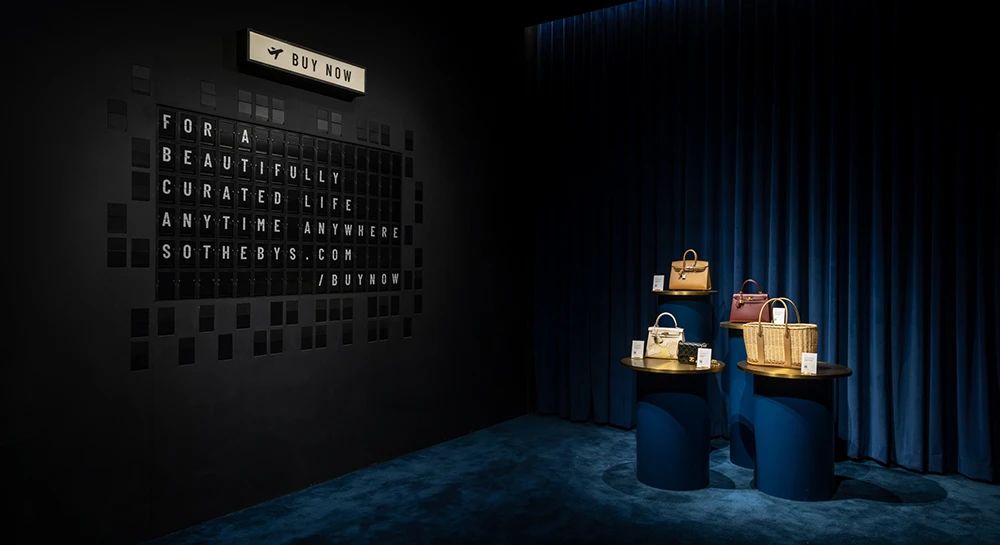
* Photo by Louis Vuitton *
It is also worth paying attention to the price of this cooperation series. Under the condition of the same material, the price of the cooperative Capucines handbag was raised from 53500 yuan to 71000 yuan; the price of On The Go handbag was raised by 5200 yuan… and the price of L’IMMENSITÉ perfume with joint packaging was also raised from 2300 yuan to 3100 yuan.

“What artists can bring to luxury goods is a direct premium, a long-term premium, and an intangible asset that forms a brand.” Liang Cheng, the operator of the art center and the director of the Outsider Gallery, said, “In addition to the fact that Yayoi Kusama is still continuing his career in his 90 s, another important reason is that Yayoi Kusama is currently the most popular in the world. There is no one of the most popular female artists.”

* Photo by Louis Vuitton *
“In the case of luxury goods, the premium comes from the brand, just as the premium for art comes from the artist, but the ultimate essence of both can be returned to the commodity, and ‘value for’ is always an important criterion for considering the commodity. No matter how high the price is after appreciation, as long as it is reasonable to have a value for money,” he added.
Art can win a broader price space for brands that can convince consumers, which also explains why luxury goods have begun to cooperate with art frequently. In mid-May this year, FENDI Baguette hand in hand Ingenuity Art Exhibition took classic handbag Baguette and Peekaboo as the main narrative line, displaying 24 hand-made Baguette, 23 of which adopted special handicrafts from different regions of Italy, and the other one came from Fendi’s joint creation with Yi intangible cultural heritage inheritors Asi Wuzhi Mo and Le Gusha Ri.
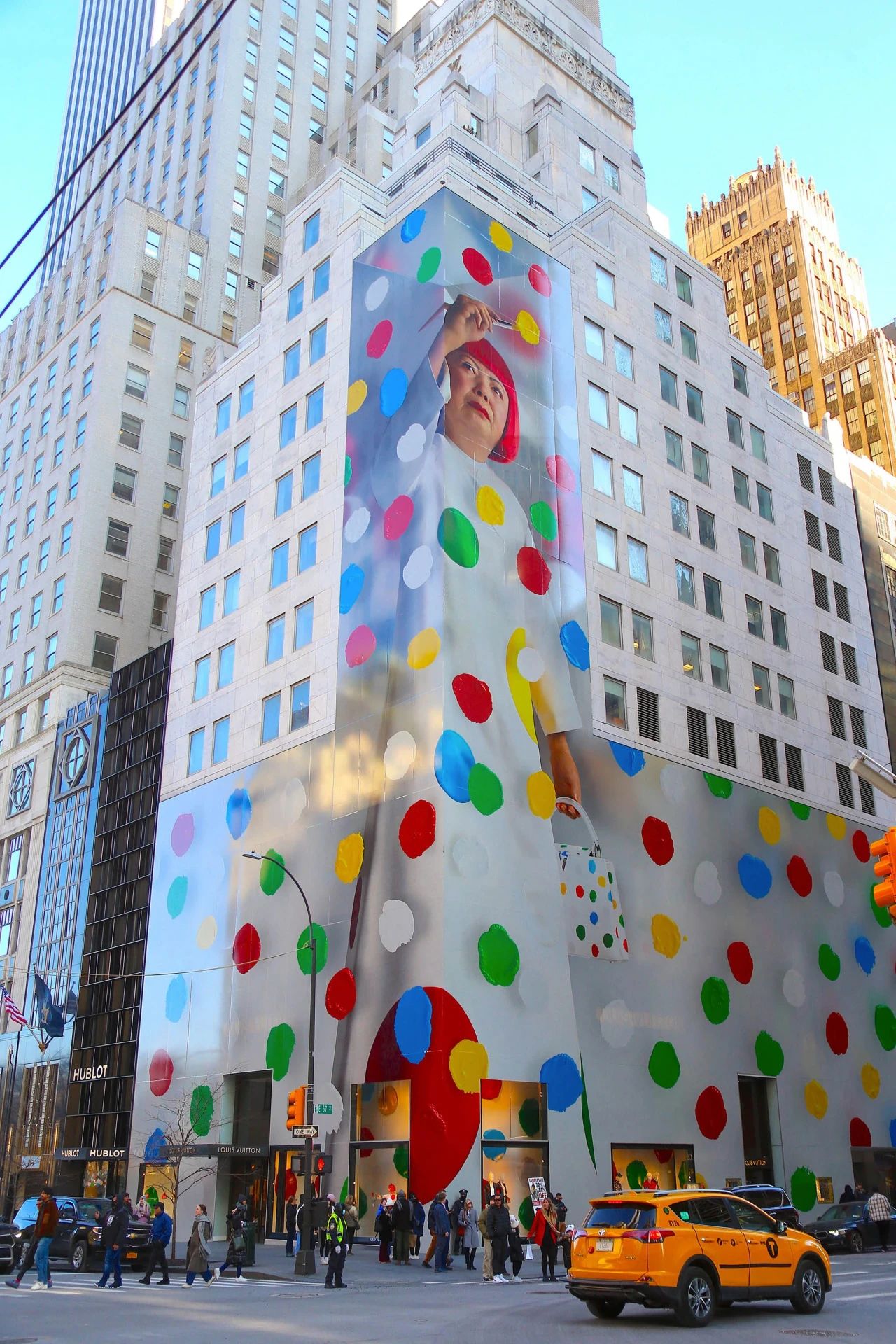
* Fendi launched the Hand in Hand project in China to pay tribute to Italian craftsmanship. Photo by LVMH *

* Co-creation by Fendi and Yi intangible cultural heritage inheritors Axiwuzhi Mo and Le Gusha Ri. Photo by FENDI *
In the exhibition, in addition to 24 handmade Baguette, Fendi also presented 3 limited-edition art handbags, created by three Chinese artists Ni Youyu, Chen Fen Wan and Lu Pingyuan based on Peekaboo to emphasize brand status and scarcity of goods.
Artists, exhibitions and Foundations – the troika of luxury art
* Image source: Fendi *
In fact, the introduction of limited handbags by joint artists has become the “standard” of luxury art “. For the seventh year in a row, Dior has launched a limited collaboration series with Dior Lady Art artists. Louis Vuitton is the same, with the brand high-end handbag Capucines as the design prototype of the Artycapucines artist cooperation series has been carried out to the fourth chapter.
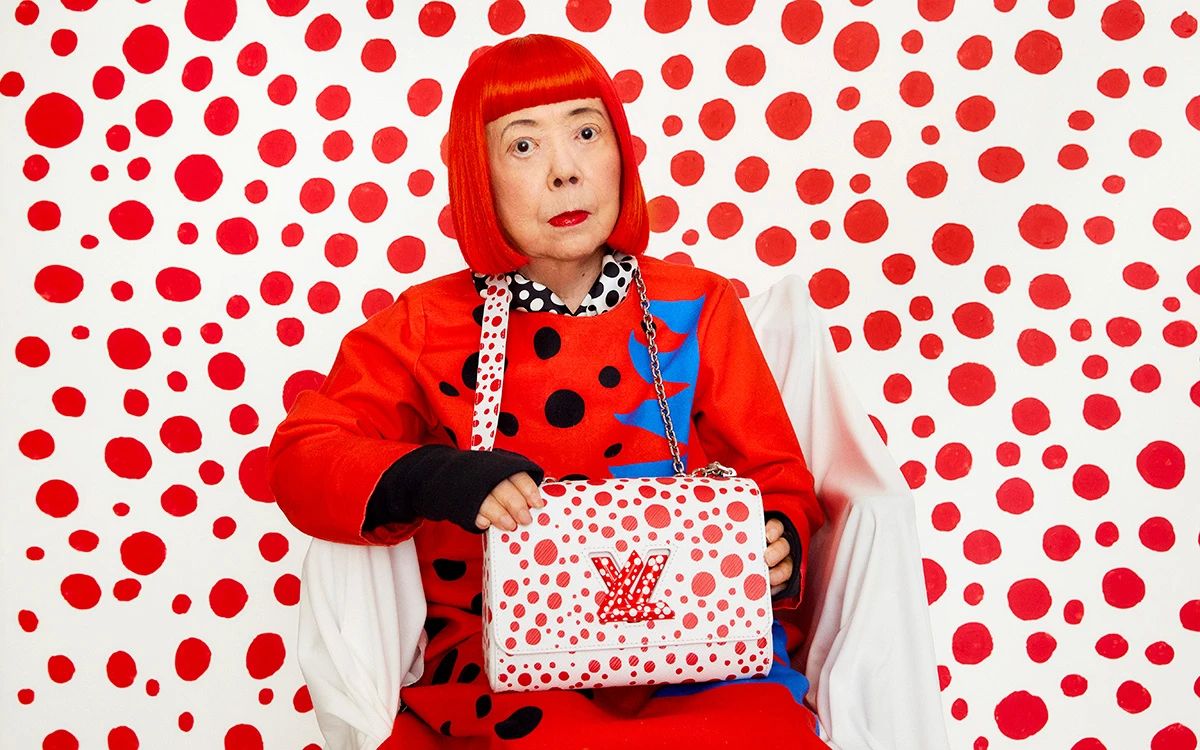
* Image source: Dior *
The exhibition has also become the main position for the development of luxury brands to art. In addition to the Fendi art exhibition mentioned above, tour exhibitions such as “Hermès Heritage In Motion” and “Christian Dior:Designer of Dreams” have successively landed in major cities around the world. “Alexander McQueen:Mind,Mythos,Muse” made its debut at the Los Angeles Museum of Art, while “Thierry Mugler:Couturissime” opened at the Brooklyn Museum. Dr. Alexandra Palmer, curator of haute couture at the Royal Ontario Museum in Toronto, said bluntly in the Guardian, “It’s about elevating the business and product of luxury to the level of art, giving it more cultural value of its own… and ultimately wanting you to buy its products.”

* Image source: Dior *
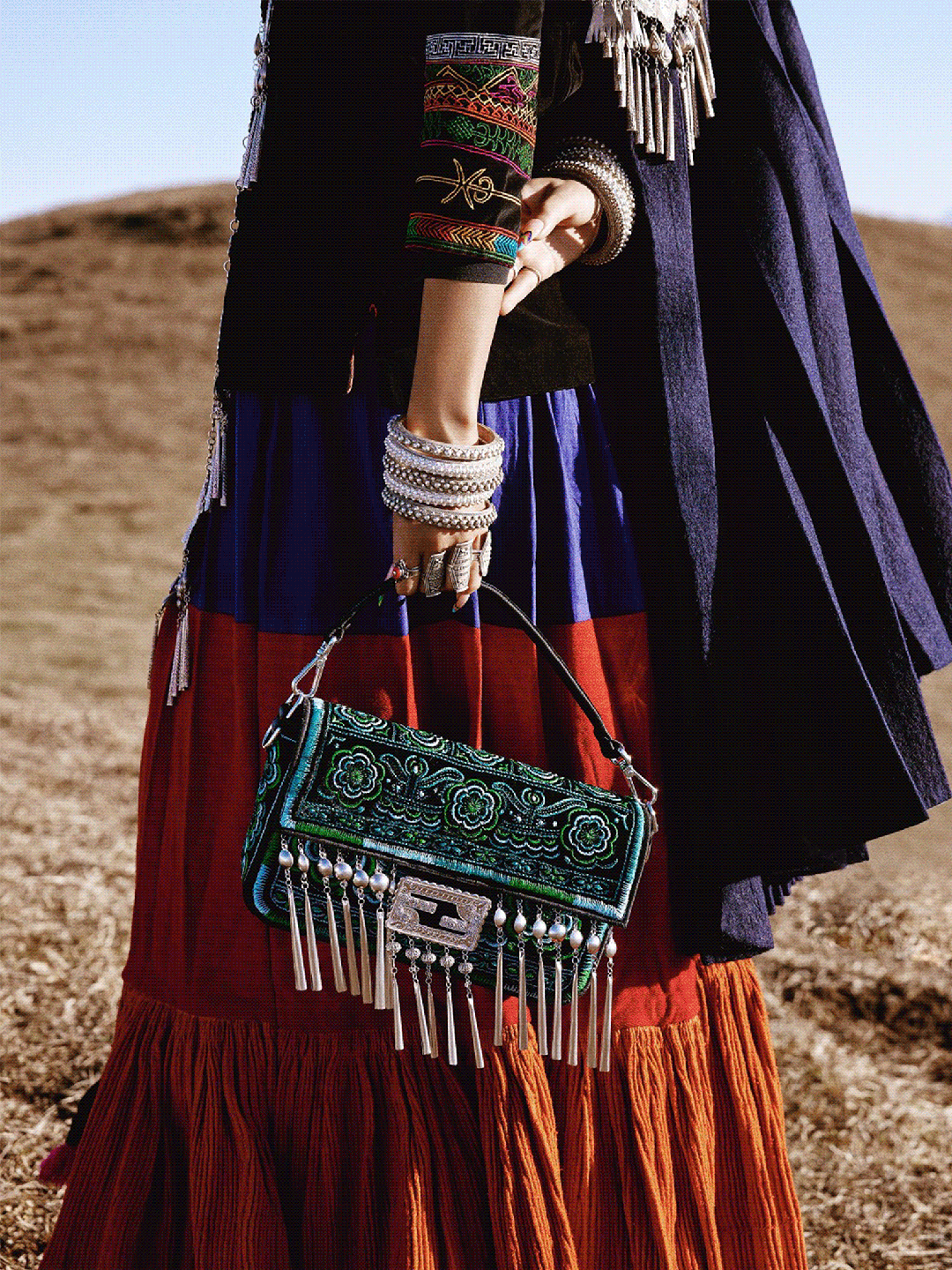
* “Alexander McQueen:Mind,Mythos,Muse” Tour Opens at Los Angeles Museum of Art. Photo Source: timeout *
Holding and sponsoring art activities is the third carriage of luxury art. Through the establishment of foundations, brands such as Chanel, Prada, Louis Vuitton, Loewe and Cartier have formed a strong binding with art. While praising and inheriting, they use art to charm themselves.
Philip Kotler, a professor of economics, once pointed out in his book “Marketing Revolution 4.0: From Tradition to Digital”: “In an era of scarce attention and fragmented information, brands need to create Wow Moment for consumers.” Art activities are an effective way to focus consumers’ attention and immerse Wow Moment. They are not only the occasion to show the product, but also to tell the meaning of the process, spirit and even culture behind it.

* Image source: Dior *
In the past, luxury goods only served the richest group of people, the number of consumers was limited, the number of products produced was also limited, and each luxury brand was relatively independent. Nowadays, most brands have already been included in the bag by listed groups. The intervention of capital has led to a white-hot game between groups and brands. It is not only necessary to continuously expand customers, but also to grab customers from competing products.
According to the “Bain-Altagamma 2022 Global Luxury Industry Research Report”, the total sales of the global luxury industry in 2022 are expected to reach 1.4 trillion euros, of which the personal luxury consumption market is about 353 billion euros. Also from Bain data, the total global sales of luxury goods in 2016 are about 0.108 billion euros, of which the personal luxury consumer market is about 249 billion euros. This means that in the past few years, the luxury goods market has expanded by nearly 1/3, the number of consumers is increasing, and the scarcity of luxury goods is constantly being diluted.
Luxury goods and works of art have natural commonality, the latter itself is scarce, and contains a certain cultural connotation and aesthetic of the times, can produce spiritual resonance with different viewers. As the most valuable category of commodities, art not only stands at the top of the commodity pyramid, but also stands at the commanding heights of culture.

* Image source: Fendi *
When luxury goods can give more cultural meaning to products and be recognized by the market like works of art, it is no longer just a role in defining style, but a cultural creator-the latter is a more scarce ability.
Delphine Dion, a professor of marketing at the ESSEC Business School, wrote on the school’s website, “Luxury brands need to distance themselves from mass brands and prove their luxury status, which means that it is an extraordinary brand whose price and status symbol are higher than other brands. Art is the main way to achieve this goal.”
Use art to accumulate cultural capital and then leverage the market economy. The ultimate goal of the artistry of luxury goods is not only to increase the value and maintain the value, but also to maintain its own luxury attributes in order to be invincible in continuous expansion and competition. As the sociologist Mike Featherstone put it in the book “Critical Luxury Studies: Art, Design and Media”, “What must luxury goods do to obtain higher value? The answer is: become art.”
(Source: Vogue Business)
